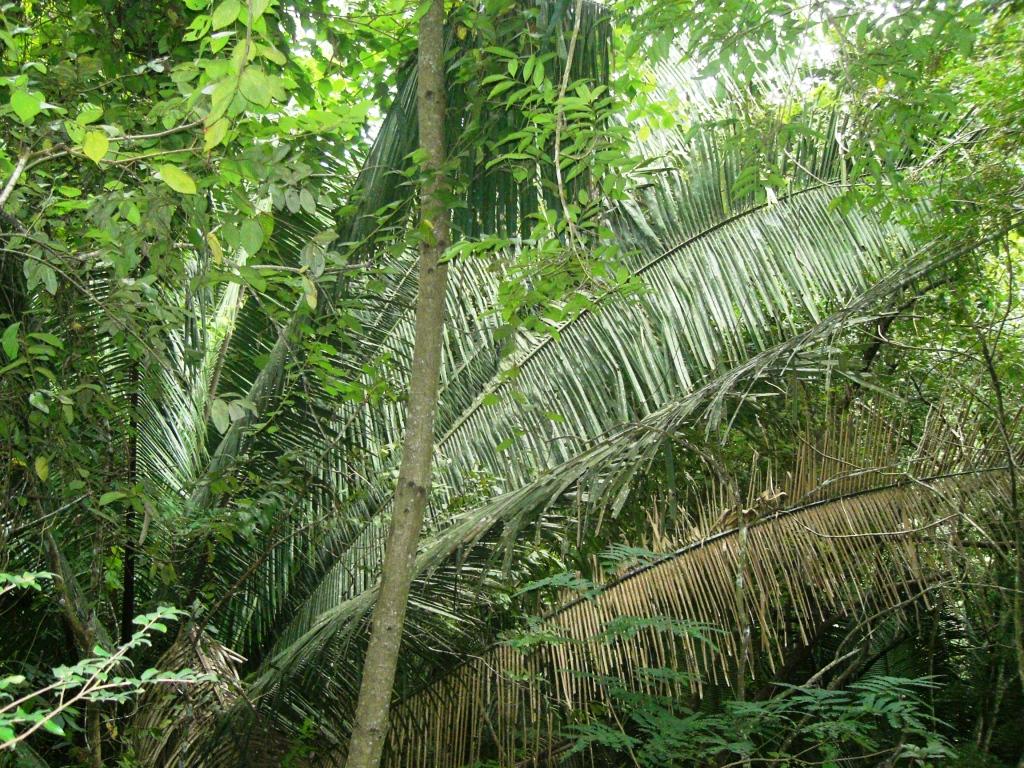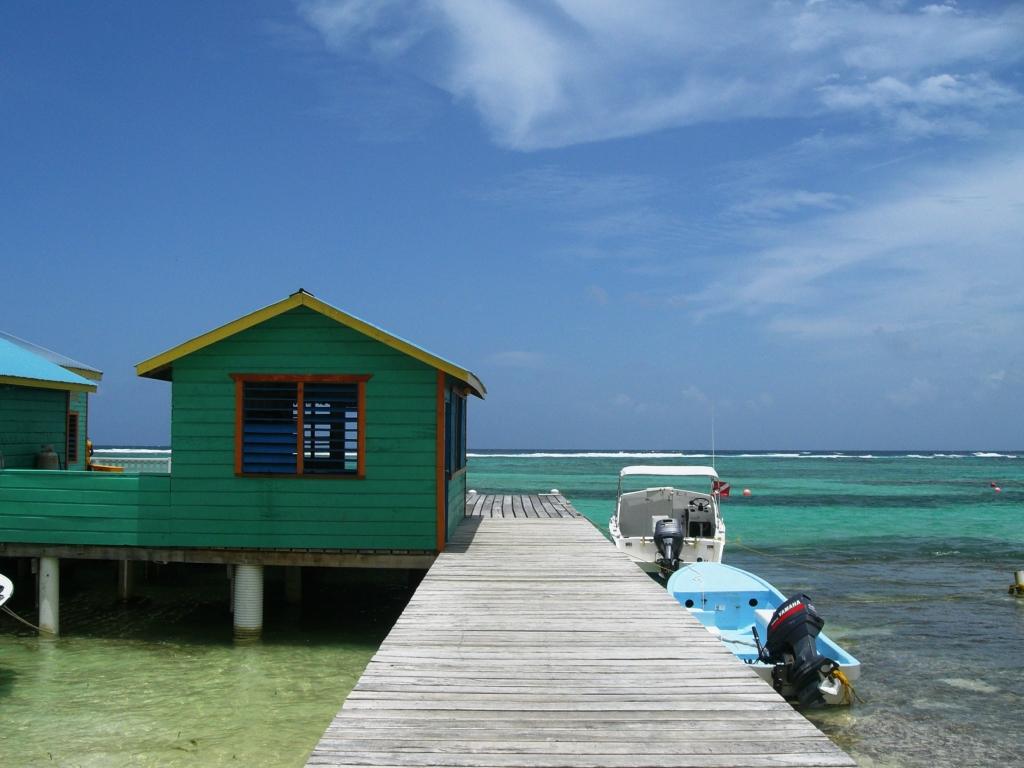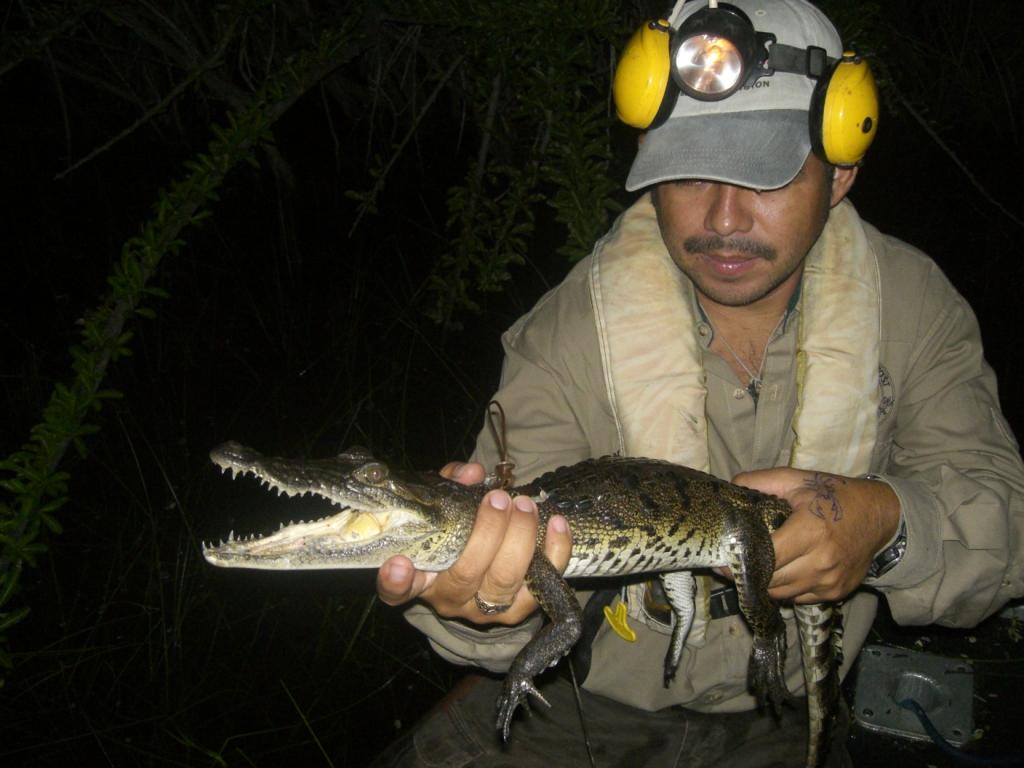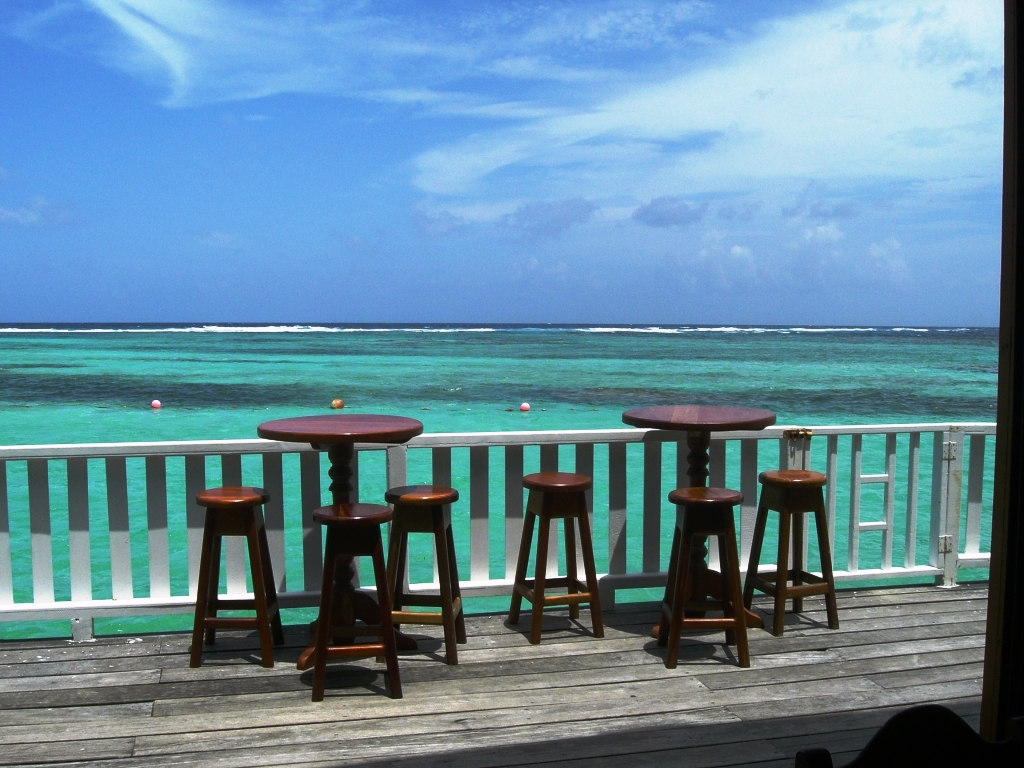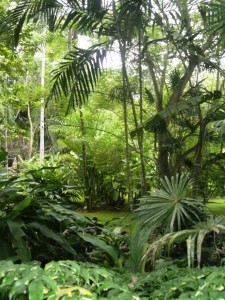
I have no way to know what the Garden of Eden looked like, but in my imagination, it looks just this: Palms and ferns grow exuberantly, birds dot in and out of the foliage, and everywhere there is green — blue green, bright green, yellow green, dull green — punctuated by bursts of color.
It is hard to believe that a mere 25 years ago, when Ken and Judy duPlooy first set foot on this land, the land had been cleared for farming. Today, natural vegetation reigns: This is Belize’s premier botanical garden.
In Your Bucket Because…
- The Belize Botanical Garden is one of the most important tropical botanical gardens in the world.
- Two miles of hiking trails let you explore a variety of botanical environments.
- Good for garden lovers, nature lovers, hikers, visitors interested in sustainable eco-tourism, and birdwatchers.
The Accidental Garden
As Judy tell it, it happened quite by accident.
The couple had packed their family and belongings into a car and headed south from the U.S. seeking a different kind of life in a different kind of place. After traveling and camping for two months, they found themselves in western Belize’s Cayo District near the border with Guatemala. After just three days in Belize, they fell in love with a property on the Macal River near St. Ignacio. And that was that.
They bought the land in 1987 and lived without electricity or running water, the kids commuting 10 miles to school by motorized canoe (I’m betting upstream both ways). Slowly, their dream of an eco-lodge grew, and the lodge began attracting ecotourists interested in birdwatching, Mayan ruins, kayaking, horseback riding. and hiking in Belize’s lush interior rainforest.
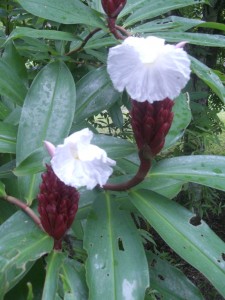
Ken planted hundreds of plants, carefully keeping notes and covering the seedings in burlap to protect them from insects and heat. Fortunately, vegetation in the rainforest is gratifyingly fast-growing, and within a few years, the formerly bare site was covered with native plants. The couple bought the adjacent land, and developed a revegetation plan for that parcel, as well.
The botanical garden may have begun as something of an accidental hobby, but it soon attracted attention from plant enthusiasts, scientists, farmers, and botanic gardens around the world. In 1997, it was registered as the Belize Botanic Garden, and what started as a haphazard personal project grew into the most important botanical garden in the country.
Touring the Belize Botanic Gardens
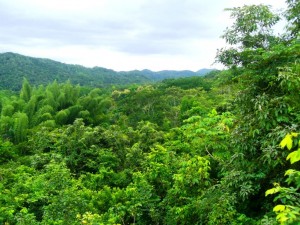
I took a morning to wander the two miles of trails that wind though a variety of micro-habitats. Booklets for self-guided tours are available, but I walked with a guide, pausing from the commentary to climb the old fire tower, from which there is a panoramic view of the property, the river, and the surrounding hills. Another option is to let somebody else — a horse, for instance — do the walking. But a much as I like riding, walking lets you pause to smell the roses, as it were: to get up close and personal with the lacy ferns and the bright red ornamental gingers and a score of other plants you may never have seen before.
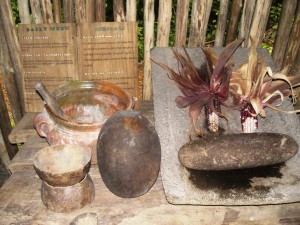
The gardens are a popular destination for adventure travelers, school children, eco-tourists, birdwatchers, and guests of the adjacent duPlooy’s Jungle Lodge (as well as the famed Lodge at Chaa Creek, just up the road). But I didn’t see anyone else as my little group roamed the grounds. We paused at a traditionally built hut that contains some of the implements used by the ancient Mayans, as well as exhibits showing plants used by the Mayans for rituals, medicines, and daily life. One of the most important, of course, was corn, the staple food of meso-America, and a plant that, according to Michael Pollan, author of the food history book Botany of Desire, has colonized us every bit as much as we have colonized it.
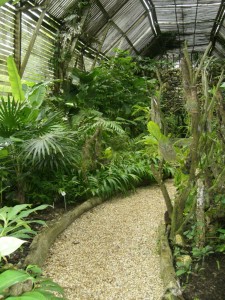
We wandered into the orchid house, which contains a collection of tropical orchids, including 150 endemic species and Belize’s national flower, the black orchid. Other features include a bird blind on the pond, a palm display (funded by the International Palm Society, yes, there is such a thing) and a rainforest walk. Finally, we ended up down at the Macal River, which flows through the property from the surrounding Maya Mountain foot hills.
According to Judy duPlooy, the goals of the Garden are to encourage sustainable agriculture, to maintain conservation collections and to engage in environmental education. To that end, the plantings include a variety of native and exotic fruits, palms, hardwoods, and ornamental and medicinal plants. The “Grow Native” program teaches and encourages the use of native plants in landscaping. The garden also introduces local school children to the practice of conserving native Belizean plants.
But for the visitor, the garden is simply a lovely place to be for a while, to soak in the sounds and smells of the rainforest, to learn to understand what is at stake when we talk about deforestation and development in the rainforest. And to imagine, for a moment, the world of Eden.
Practicalities
- The Belize Botanic Garden is located 10 miles from San Ignacio in western Belize, close to the Guatemala border, about an hour and a half from the international airport in Belize City. The last few miles require a bit of bouncing on a bumpy dirt road.
- Nearby Maya archaeological sites include Chaa Creek, Cahal Pech, and Xunantunich.
- There’s a modest entrance fee, and guides are available. All the plantings are marked.
